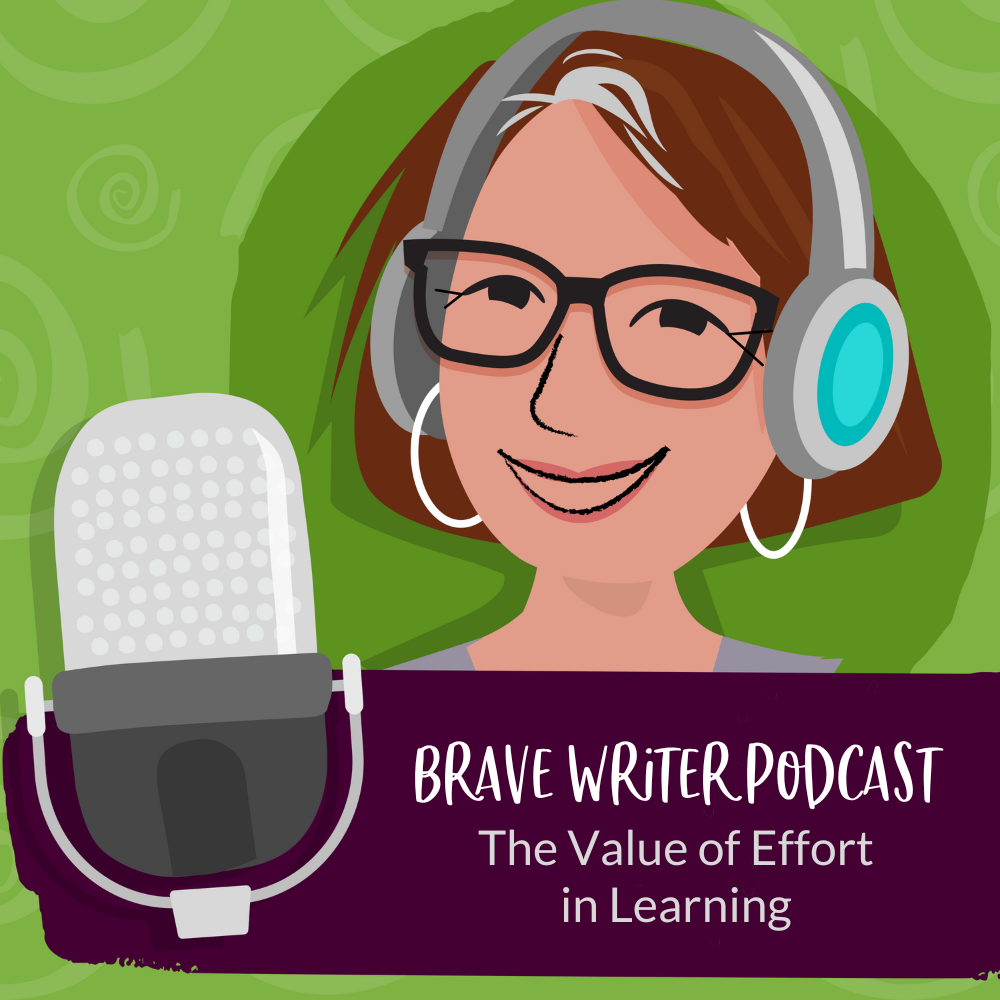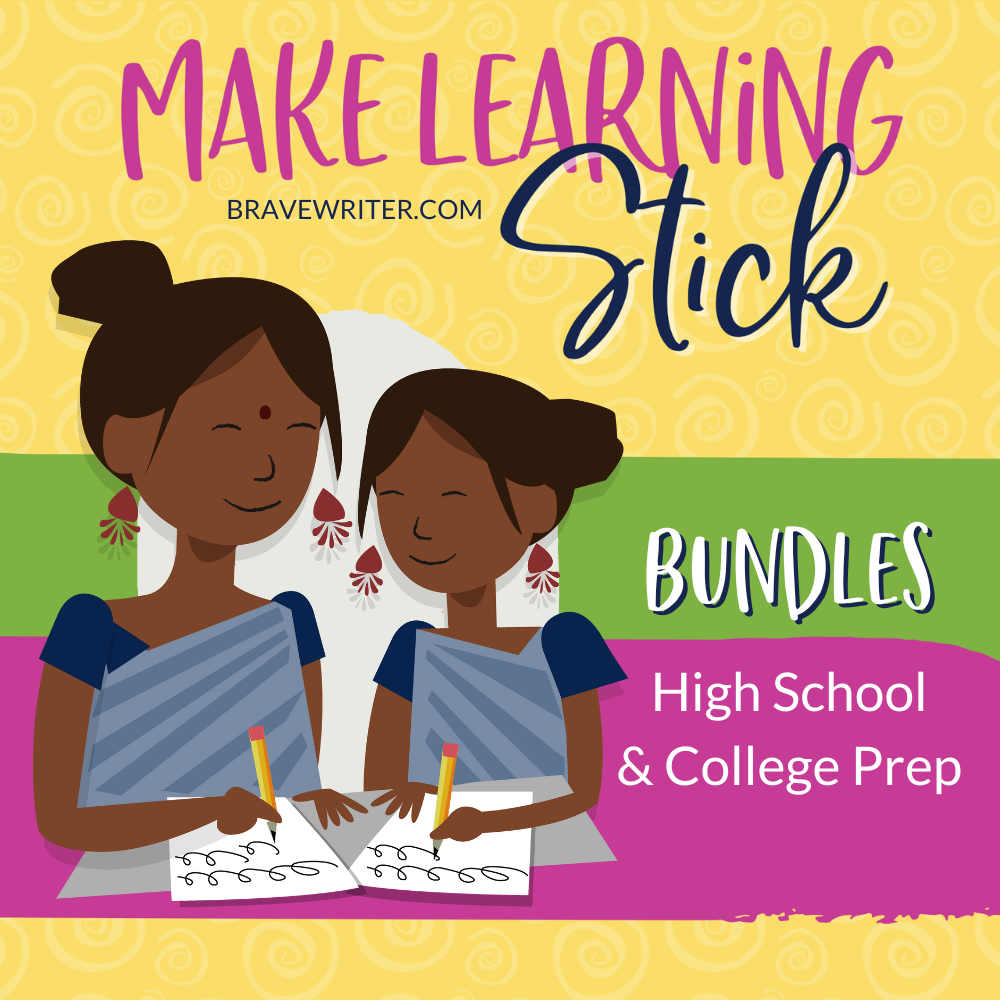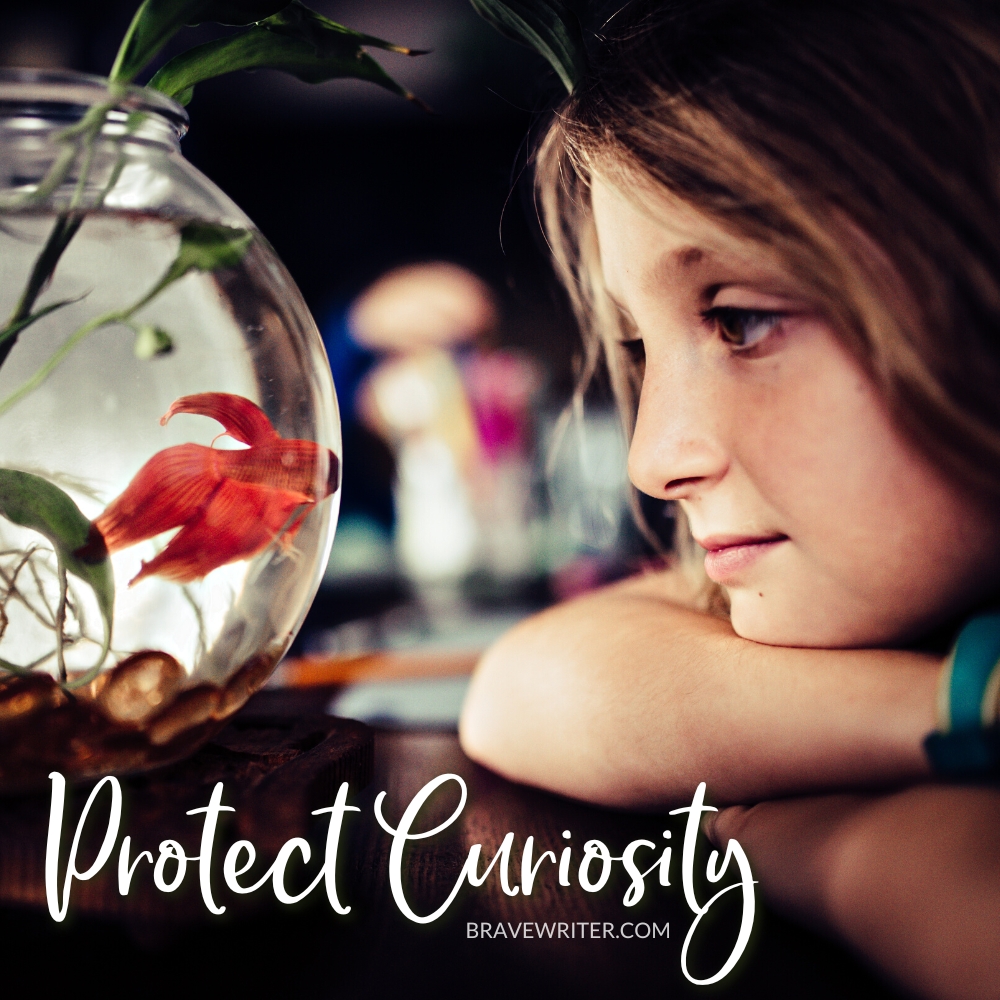
Join your child in the adventure of living! In the end, what leaves the best impression on your kids is your hearty, enthusiastic participation in the stuff of life.
Last year I spent a weekend with family—especially my five adult kids and their dad. Caitrin, my youngest, got married. What I noticed about all of our family interactions? The stuff Jon and I enjoyed doing the most WITH them is what they still love to do and talk about.
For instance, they’re all readers—big ones! They continue to play games, particularly word games that require lots of nuanced (read: playfully argumentative) discussion around definitions.
Each child is an activist for their values and beliefs. They are attachment parents and aunts and uncles. They believe they can learn to do anything they want to learn and then they teach each other. In fact, Caitrin did all her own flowers for the wedding because she thought she could learn—and then did!
They travel easily and two of them even live abroad. Also: they’re so funny!
Jon and I loved words, books, movies, discussions about our beliefs and values, inside jokes, living in other countries, and marching (at demonstrations!).
So do they.
We aimed to raise good citizens—adults with values and competencies. That’s who we got! It’s impressive and humbling and so satisfying.
You’re forming the culture of your family right now! What do you love to do and do well? That’s the HOME education you are best at giving and it’s the easiest to give.
Lean in. You’re doing so much more right than you even realize!
Remember, habits are often caught more than taught.
This post is originally from Instagram and @juliebravewriter is my account there so come follow along for more conversations like this one!

























